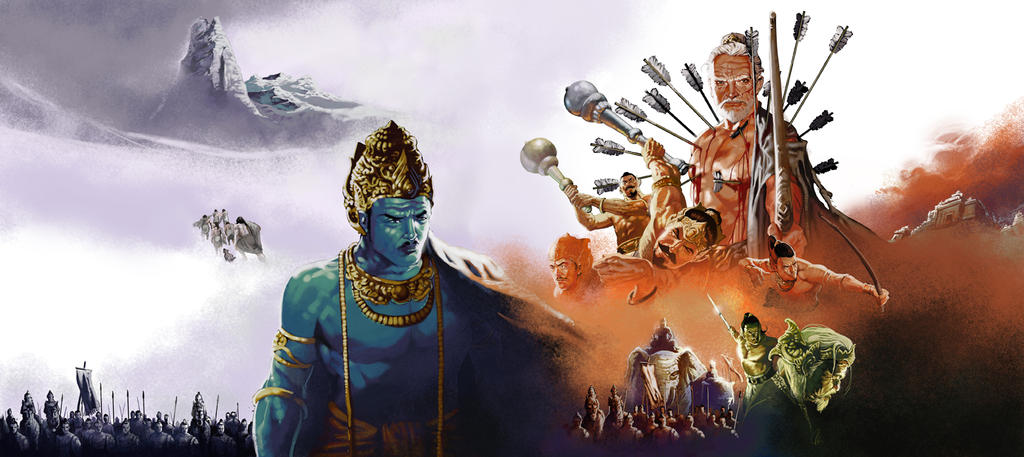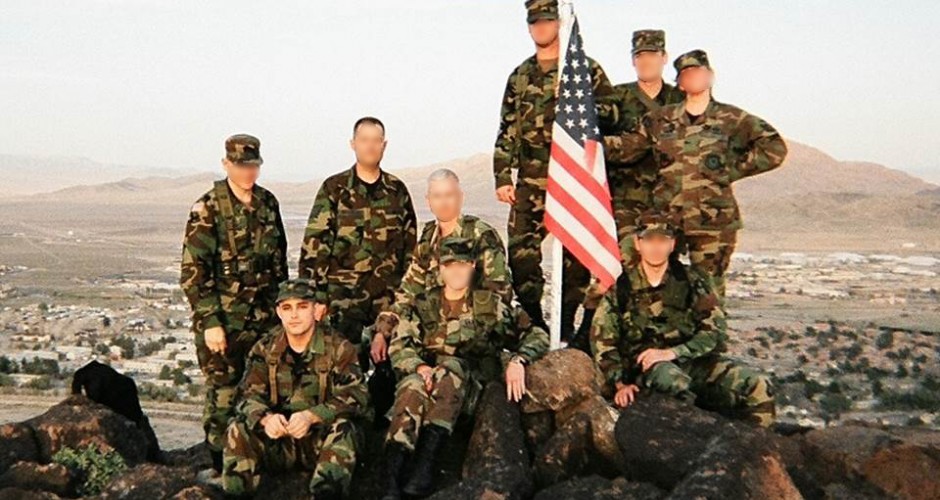In this life, I was born American, of mixed European and Native American ancestry, culturally Christian by default – or at least as Christian as could be expected with my father scarcely believing in God and my mother being turned off from religion by having if forced on her in her youth by my well-meaning, if overly enthusiastic grandmother. I grew up in the countryside, hunting small animals, eating meat, yet maintaining a closeness with nature – a sense that I was part of everything around me. As a child I began questioning Christian doctrines, and by the time I finished high school I was solidly convinced that reincarnation and karma were reality and that Hell was nothing to fear.
I worked as a cook in college. I made Mexican food at a local restaurant, where a meal per shift was part of my pay. One day, after a round of beef enchiladas, I collapsed on the floor, writhing in pain. I went home, but it persisted. I still lived with my parents, so I woke my mother to take me to the hospital where she worked, some thirty miles away.
The emergency room staff fed me a gastro-intestinal cocktail that I immediately regurgitated (that being the natural reaction, unbeknownst to me). They asked if I wanted another, and I begged for it – the first time they had ever seen such a thing. In the end, all they could do was inject me with morphine and send me home.
I had a similar incident the next week. Fire in my belly and howling in pain, I wanted to die.In the end, I found that my body and red meat had irreconcilable differences, and I became a vegetarian. It was just as well, because soon afterward I was introduced to a branch of Hinduism by the local ISKCON devotees. There I was, a poor college student, vegetarian, and the Hare Krishna movement came to my school with free vegetarian food and books… such books. I came to them for food and they gave me a sense of belonging, an on ramp to the ancient and eternal philosophy of Sanatana Dharma.
 Before I finished college I got married. There were few prospects for me in my hometown, and after trying day labor and working in a sheet metal fabrication shop, I went to see the Air Force recruiter. Like my father, my grandfathers, my uncles and generations of my family before me stretching back to Queen Anne’s War in the 18th century, the military was my destiny. While asking me for the basic information that would be entered on my dog-tags (identification in the event of my demise), I told the recruiter that my religion was Hindu. He laughed. “Seriously?” he asked. I assured him that this was the case, and he informed me that I was the first Hindu he had ever enlisted.
Before I finished college I got married. There were few prospects for me in my hometown, and after trying day labor and working in a sheet metal fabrication shop, I went to see the Air Force recruiter. Like my father, my grandfathers, my uncles and generations of my family before me stretching back to Queen Anne’s War in the 18th century, the military was my destiny. While asking me for the basic information that would be entered on my dog-tags (identification in the event of my demise), I told the recruiter that my religion was Hindu. He laughed. “Seriously?” he asked. I assured him that this was the case, and he informed me that I was the first Hindu he had ever enlisted.
I went away to basic training in the summer with a small bag of clothes and my copy of the Bhagavad Gita. At Lackland Air Force Base we were offered pocket –sized copies of the New Testament, and, space in my wall locker being at a premium, I stored my Gita with my civilian clothes on the second day. For the remainder of basic training I leaned on the predominant Christian practices for support. It was alright – if all our sincere prayers were watering the same root, I couldn’t be faulted for doing so. Every night sixty men in my barracks recited the Lord’s Prayer in unison, and on Sunday nearly all of us marched off to the chapel to escape the stress of the week.
I was a vegetarian, and in the few minutes I had to eat each meal I ate anything on offer that didn’t have an animal in it. For breakfast that meant practically inhaling the softest banana I could find and oatmeal with a packet of syrup squeezed into it for calories. When we were in the field I traded my MREs (Meals Ready to Eat – military rations) for the three cheese tortellini or pasta with vegetables.
When I got to my follow on training, I ate in Army dining facilities. Surprisingly, the Army was far ahead of the Air Force in their vegetarian options. I had options to eat more beans and vegetables than I had in basic training. The Army draws from a far broader base of people, and their chow halls reflect that.
I wound up spending eight years in the Air Force, living on Army posts, working with all services. I maintained a strict physical regimen that included several sessions per week of running, calisthenics, push-ups and sit-ups. For a couple of years we incorporated yogic asanas under the names of “planking” or “warrior.” All the while I maintained a vegetarian diet, and, as duty permitted, I pursued my study of Eastern philosophy. I met only one other Hindu in the service in all that time. I was the only Hindu in my unit, the only representative for Dharma – and I am far from a sadhu. I was Sergeant Sater, who every so often would explain fine points of Vedic cosmology at a party, or in the wee hours of the night shift.
I went on to continue government service, still generally the only polytheist (or panentheist) wherever I went, but in all these years (a little over 14 as I write this), I have maintained a vegetarian diet. It is a token practice in a career that has involved so much violence toward my fellow humans to avoid harming animals.
 At one point a wonderful woman named Jahnavi, in the course of conversation, referred to me as a kshatriya. It was years ago, but I recall it as a watershed moment in my life. For the first time I realized that, though by Brahmin standards my practice was poor, I was not outside the fold of my faith group.
At one point a wonderful woman named Jahnavi, in the course of conversation, referred to me as a kshatriya. It was years ago, but I recall it as a watershed moment in my life. For the first time I realized that, though by Brahmin standards my practice was poor, I was not outside the fold of my faith group.
As a kshatriya – the warrior and administrative class, like Arjuna in the Bhagavad Gita – ahimsa (non-violence) was not part of my duty. It was a weight off my shoulders, as I had struggled with the nature of my work. At that time it occurred to me that perhaps my practice, my sadhana, was not so flawed as I thought. Perhaps I was holding myself to the standard of a Brahmin, a sadhu, a sanyassi – a monk, and that perhaps those of a different varna had other expectations levied against them. For me, it was an opening of Hindu society, in which every individual was an integral part of the whole, in which wherever you were, the divine was bound to accompany you.
So there it is. I was a warrior, a white-bodied Hindu, a vegetarian, a representative of Dharma (for better or worse) and, perhaps, a pioneer in my own right. I would encourage the Kshatriya types to embrace their dharma, and execute their duty wherever they find themselves. It is possible.
By James Sater
More on James journey to Hinduism
How and Why I Am a Hindu




























